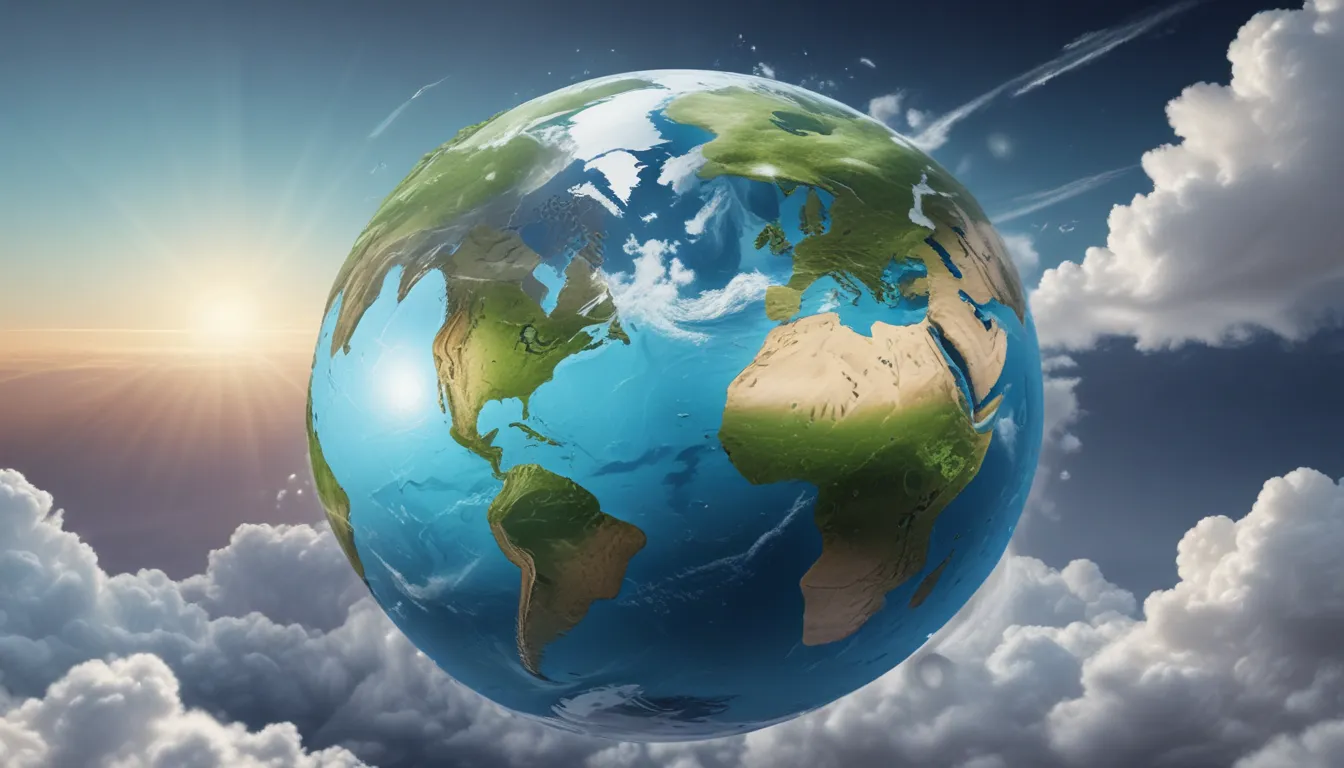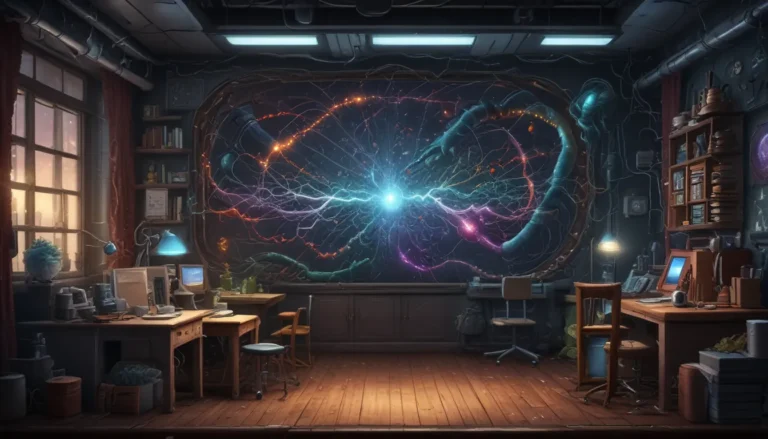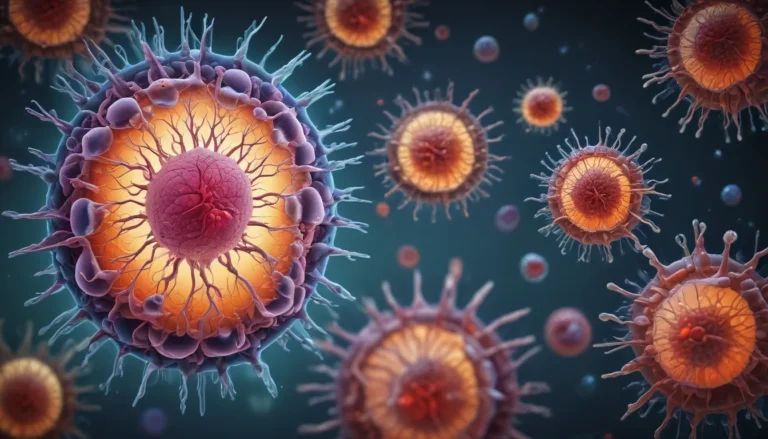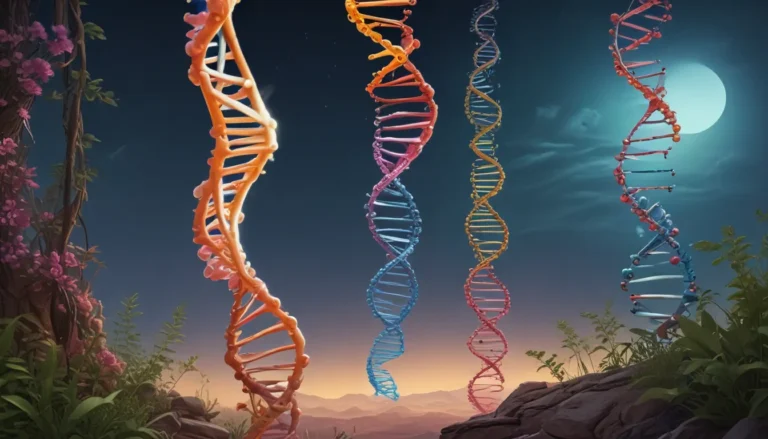A Note About Images: The images used in our articles are for illustration purposes only and may not exactly match the content. They are meant to engage readers, but the text should be relied upon for accurate information.
The ozone layer, an essential shield of gas in the Earth’s atmosphere, plays a vital role in protecting us from the harmful ultraviolet (UV) radiation emitted by the sun. However, over the years, this protective layer has faced significant depletion, posing serious threats to human health and the environment. In this article, we will embark on an informative journey to uncover the extraordinary facts surrounding ozone layer depletion. From the causes and consequences to the efforts made for its preservation, we will shed light on the importance of this critical environmental issue.
Understanding the Ozone Layer Shield
The ozone layer acts as a shield, safeguarding life on Earth from harmful ultraviolet (UV) radiation. It absorbs most of the sun’s UV-B rays, preventing them from reaching the surface and protecting us from potential harm.
Unveiling the Discovery of the Ozone Hole
In 1985, scientists made a groundbreaking discovery of a major hole in the ozone layer above Antarctica. This revelation garnered global attention and spurred international efforts to address this pressing environmental concern.
Unraveling Human-made Ozone Depleting Substances
The depletion of the ozone layer is primarily caused by human-made substances known as ozone-depleting substances (ODS). These include chlorofluorocarbons (CFCs), hydrochlorofluorocarbons (HCFCs), and halons, commonly found in refrigerants, air conditioning systems, and aerosol propellants.
- The impact of ODS on ozone layer depletion is widespread and requires immediate attention to mitigate its effects on human health and the environment.
Exploring the Impact on Human Health and Ecosystems
- Excessive exposure to UV radiation due to ozone layer depletion poses risks such as skin cancer, cataracts, suppressed immune system, and other health issues.
- Ozone depletion also negatively affects ecosystems, potentially disrupting plant growth, marine life, and overall ecosystem balance.
The Ongoing Ozone Hole Expansion and Contraction
The Antarctic ozone hole experiences seasonal expansion and contraction, with its peak size occurring during the southern hemisphere spring. This cyclic phenomenon is influenced by various factors such as temperature, wind patterns, and chemical reactions involving ODS.
Celebrating International Efforts: The Montreal Protocol
The Montreal Protocol, established in 1987, is an international treaty aimed at phasing out the production and consumption of ozone-depleting substances. This landmark agreement has witnessed significant success with widespread ratification and notable reductions in ODS usage.
Embracing the Hope of Ozone Layer Recovery
Thanks to global efforts to reduce ODS usage, there are promising signs of ozone layer recovery. However, complete restoration is anticipated to take several decades, necessitating continued commitment and vigilance.
- The role of individuals in supporting sustainable practices and advocating for ozone layer preservation is crucial for long-term success.
Exploring Volcanic Eruptions and Ozone Depletion
While human activities are the primary driver of ozone depletion, volcanic eruptions also release gases that can contribute to the depletion process. Although their impact is relatively minimal compared to ODS, it is essential to consider all factors affecting the ozone layer.
Shedding Light on Ozone Depletion in Polar Regions
Ozone depletion is most severe in polar regions, particularly over Antarctica, where the ozone hole is a recurring phenomenon. This phenomenon is influenced by distinct atmospheric conditions and the accumulation of ODS in these areas.
Navigating the Link between Ozone Depletion and Climate Change
Ozone depletion and climate change are interconnected environmental issues, each with its own causes and impacts. While they share similarities in atmospheric interactions, understanding their distinct natures is essential for effective conservation strategies.
Distinguishing Stratospheric Ozone from Ground-Level Ozone
- Stratospheric ozone in the upper atmosphere shields us from UV radiation, whereas ground-level ozone, a component of air pollution, poses risks to human health and the environment.
Emphasizing the Importance of Ozone Monitoring
Continuous monitoring of ozone levels is critical for evaluating progress in ozone layer protection and identifying areas requiring further attention. Satellite-based ozone monitoring provides invaluable data for scientists and policymakers to make informed decisions.
Connecting Ozone Depletion with Agriculture
Ozone depletion can impact agriculture by reducing crop yields and affecting plant health. Certain crops, such as soybeans and peanuts, are particularly susceptible to UV radiation damage, highlighting the need for sustainable agricultural practices in light of ozone layer protection.
Envisioning the Long-Term Effects of Ozone Depletion
The long-term effects of ozone depletion are still under investigation, emphasizing the importance of ongoing research and mitigation efforts. Understanding and addressing these effects are vital for safeguarding the health of our planet and future generations.
In conclusion, the preservation of the ozone layer is a critical endeavor that demands our collective attention and action. By embracing sustainable practices, supporting international agreements like the Montreal Protocol, and raising awareness about the importance of ozone layer protection, we can contribute to a healthier and more sustainable future for all. Let us unite in our efforts to safeguard this vital shield that shields us from the sun’s harmful UV rays and ensures a thriving planet for generations to come.
FAQs
Q: What is the main cause of ozone layer depletion?
A: The primary cause of ozone layer depletion is the release of ozone-depleting substances into the atmosphere, including chlorofluorocarbons (CFCs), hydrochlorofluorocarbons (HCFCs), and halons.
Q: How does ozone layer depletion affect the environment?
A: Ozone layer depletion leads to increased UV radiation reaching the Earth’s surface, resulting in adverse effects on the environment and living organisms, including health risks to humans and disruptions to ecosystems.
Q: What is the Montreal Protocol, and why is it important?
A: The Montreal Protocol is an international treaty designed to phase out the production and consumption of ozone-depleting substances, playing a critical role in protecting the ozone layer and demonstrating the power of international cooperation in environmental conservation.
Q: Can the ozone layer recover?
A: With concerted efforts to reduce the use of ozone-depleting substances, there have been positive signs of ozone layer recovery. However, complete restoration is a gradual process that requires sustained commitment from all stakeholders.
Q: How can individuals contribute to protecting the ozone layer?
A: Individuals can support ozone layer protection by reducing the use of products containing ozone-depleting substances, promoting energy-efficient practices, and advocating for sustainable policies that prioritize environmental conservation.
In our journey to protect the ozone layer, let us embrace a collective commitment to preserving this vital shield and ensuring a sustainable future for our planet. Together, we can make a difference in safeguarding the environment and promoting the well-being of all living beings. Let us strive for a healthier and more resilient world, one where the ozone layer remains a beacon of hope for generations to come.






